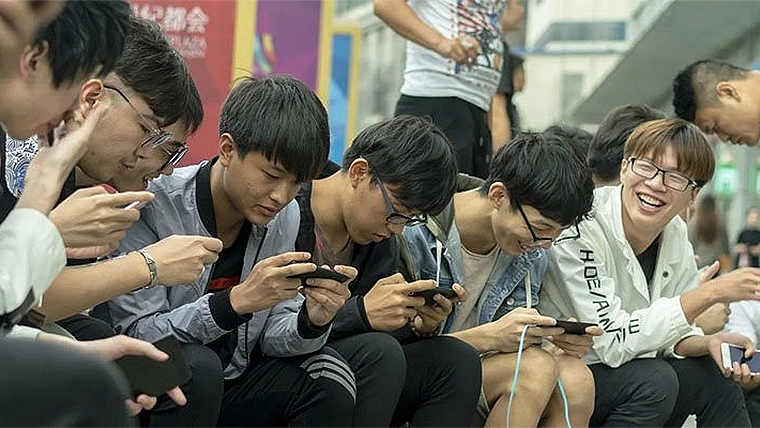
By Mark Tanner*
The dark days for gaming in China appear to be over. Sinking numbers of gamers have turned, with the number of players hitting a record of 668 million at the end of June. That’s effectively half of the population and more than double the total population of the US. That 668 million also crossover with most Chinese consumers who make discretionary purchases, and are therefore the target audience for most foreign brands.
The number of gamers in China is set to grow further. It wasn’t long ago when state media criticised the gaming industry for churning out “spiritual opium” that poisoned the country’s youth, a message supported by a slew of regulations and punitive actions by Beijing. Late last year, China announced it had resolved youth gaming addiction, despite recently drafting more rules to curb minor smartphone use overall.
Notwithstanding, the government has eased its foot off the throat of its gaming industry. No new games were approved for eight months from late-2021, but they have bounced back with 600 new games set for release so far this year - higher than the 466 approved in all of 2022 as Beijing implements many initiatives to revive industries hit by clampdowns in recent years.
Local governments are also backing the industry, with aspirational cities like Shenzhen, Beijing, Hangzhou, and Shanghai all making efforts to become e-sports hubs. Similarly, China’s tech giants such as Tencent and ByteDance are investing heavily to be a part of around 100 major esports matches in China this year. Esports will also earn further profile and credibility as an official event at the Asian Games which kick off in Hangzhou next month. Players of seven games will be eligible for medals in the world’s largest multi-sport event after the Olympics. Nearly 70% of Chinese consider esports to be a type of sport.
What makes China’s gaming different to many Western countries is the dominance of mobile gaming. Historic restrictions on gaming consoles, coupled with high smartphone penetration have driven this. Mobile gaming enables much better integration with other mobile apps such as social media, enabling more viral and community-driven initiatives. There are lessons for brands from this around building communities of their own.
In the largely atheist country, gaming is as close to religion as many Chinese get. It is where congregations gather and idols are worshipped. When a Chinese team became League of Legends world champions in 2021, fans ran outside in impromptu parades, with the most fervent running naked and carrying team banners. Others posted videos of themselves having their heads shaved or drinking from toilet bowls to convey their joy from the victory.
Some of the most successful foreign brands in China have recognised consumers’ emotional connection with gaming and delivered initiatives to tap into this.
KFC and McDonalds have long supported gaming, with themed meals and in-game rewards from purchasing promotional meals. Just like Nike sponsors sports such as basketball, football and golf, it is also the official apparel and footwear of League of Legends Pro League in China. Car brands such as Mercedes and Audi have collaborated with game makers to produce themed games, collaborations and promotions. L'Oréal has partnered with games to produce in-game items and real-world products with game-themed packaging. Durex condoms recently sponsored League of Legends, amusing many esports fans.
Even if you personally struggle to understand the appeal of gaming and its alignment with your brand, it would be worth viewing it through the lens of a Chinese consumer. Few things reach Chinese at an emotional level like gaming; and reach them at a time when they are often at their happiest and most-engaged. Whether it be developing brand-related games, cross-promotions with existing games or KOLs, or gaming-related new product development, all the signs indicate that gaming will continue to provide more opportunities to connect and resonate with Chinese consumers.
*Mark Tanner is the CEO of China Skinny, a marketing consultancy in Shanghai. This article was first published here, and is re-posted with permission.

We welcome your comments below. If you are not already registered, please register to comment
Remember we welcome robust, respectful and insightful debate. We don't welcome abusive or defamatory comments and will de-register those repeatedly making such comments. Our current comment policy is here.